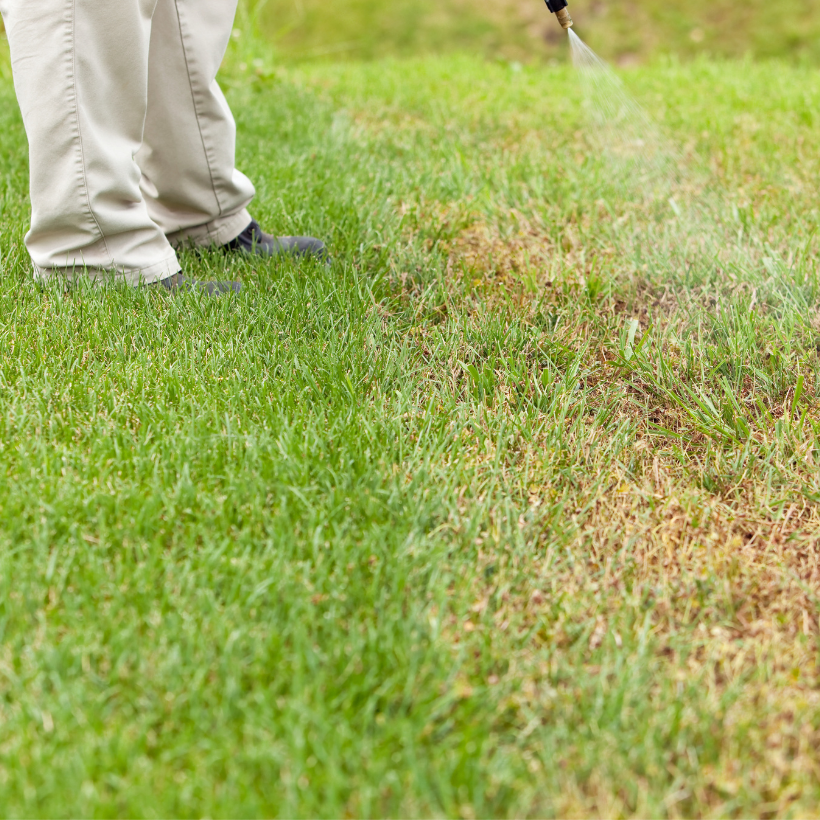
Picture this: you’ve meticulously tended to your Florida lawn, only to find unsightly patches of crabgrass ruining your pristine green carpet. Fear not – managing crabgrass doesn’t have to be a losing battle. Here, we’ll delve into the world of crabgrass, identify its different varieties, and explore effective strategies for keeping it at bay in your Florida lawn. Say goodbye to crabgrass invasion and hello to a lush, thriving lawn!
Understanding Crabgrass
Crabgrass, a common weed in Florida lawns, belongs to the genus Digitaria and comes in various types. Here are five different kinds you might encounter:
1. Smooth Crabgrass (Digitaria ischaemum):
This variety features smooth stems and can thrive in a wide range of soil types and conditions.
2. Large Crabgrass (Digitaria sanguinalis):
Characterized by its larger size compared to other species, large crabgrass is a prolific seed producer.
3. Hairy Crabgrass (Digitaria sanguinalis):
As the name suggests, hairy crabgrass has hairy stems and leaves, making it easily distinguishable.
4. Southern Crabgrass (Digitaria ciliaris):
Common in warmer regions like Florida, southern crabgrass can quickly spread and take over lawns if left unchecked.
5. Tropical Crabgrass (Digitaria bicornis):
Native to tropical regions, this type of crabgrass is well-adapted to Florida’s climate and soil conditions.
Managing Crabgrass in Your Florida Lawn
Now that we’ve identified the enemy, let’s explore five effective strategies for managing crabgrass:
1. Pre-Emergent Herbicides:
Apply pre-emergent herbicides in early spring to prevent crabgrass seeds from germinating. This proactive approach can significantly reduce crabgrass infestations.
2. Proper Lawn Maintenance:
Maintain healthy turf by mowing at the correct height, watering deeply but infrequently, and fertilizing appropriately. A dense, healthy lawn can outcompete crabgrass and other weeds.
3. Hand Pulling:
For small patches of crabgrass, hand pulling can be effective, especially when the soil is moist. Be sure to remove the entire root system to prevent regrowth.
4. Overseeding:
Overseeding with desirable grass species can help fill in bare spots and create a thicker lawn, making it more difficult for crabgrass to establish itself.
5. Post-Emergent Herbicides:
In cases of severe crabgrass infestation, post-emergent herbicides can be used to target existing plants. Follow label instructions carefully to ensure safe and effective application. Or better yet, call Your Oasis Outdoor Care and let us take care of your crabgrass problem!
Crabgrass might be a formidable opponent, but with the right strategies, you can regain control of your Florida lawn. Your Oasis Outdoor Care is your trusted partner for weed control and lawn maintenance. Whether you’re dealing with crabgrass or any other lawn issue, our experienced team can provide tailored solutions to keep your lawn healthy and beautiful. Don’t let crabgrass take over – contact Your Oasis Outdoor Care today and reclaim your turf!




